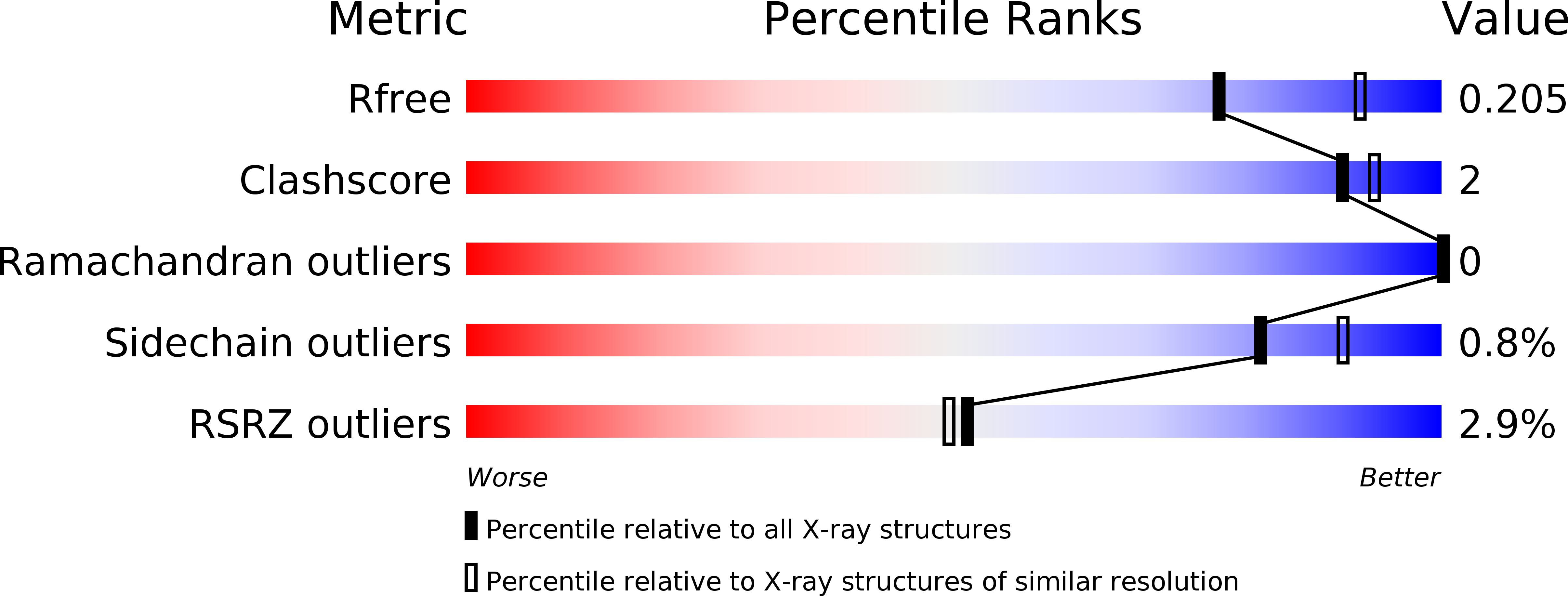
Deposition Date
2015-12-18
Release Date
2016-07-06
Last Version Date
2025-04-02
Entry Detail
PDB ID:
5FFT
Keywords:
Title:
Crystal Structure of Surfactant Protein-A Y221A Mutant
Biological Source:
Source Organism:
Rattus norvegicus (Taxon ID: 10116)
Host Organism:
Method Details:
Experimental Method:
Resolution:
2.20 Å
R-Value Free:
0.20
R-Value Work:
0.16
R-Value Observed:
0.17
Space Group:
P 63


